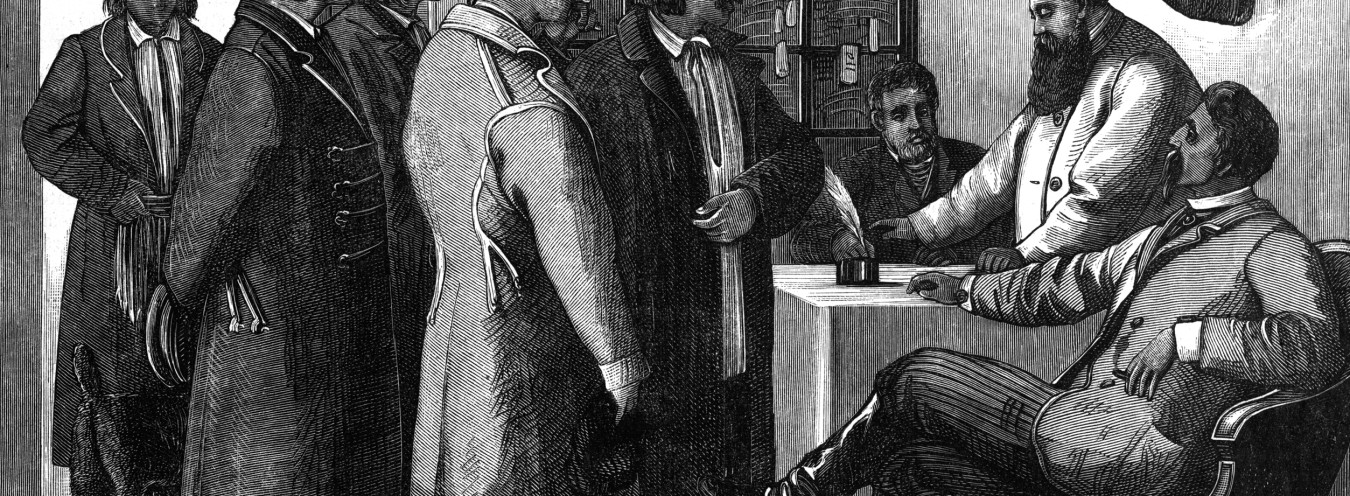
Legal Practice
However, he was a lawyer, as was shown by a silver badge in the lapel of his very shabby frock-coat; and the grey trousers of this high priest of justice were as baggy at the knees as if their owner were in the habit of making proposals to the goddess Temida, instead of defending clients. (268)
The Doll presents lawyers as morally unreliable individuals. The author accuses them of a long list of misdemeanours: deception, bribery, duplicity, shiftiness, lying, flashiness, self-interest, fleecing their clients, and lacking legal competence. The attorney of Baroness Krzeszowska epitomises all these unethical behaviours. Tomasz Łęcki’s lawyer behaves in a similar way when he disregards his client’s wishes and does not conduct the auction as he is expected to do. The statue of Themis, the goddess of justice, which stands in the lawyer’s flat, has distinctly grubby knees, which seems to symbolise the collapse of the legal system and lawyers as the protectors of law. Baroness Krzeszowska’s attorney also looks scruffy. His trousers are baggy at the knees, which suggests he is obsequious and servile (this could also be an allusion to the decline of the Polish law in the occupier-run court-houses, where judges were Russian).
One must not forget, however, that being a lawyer in the Partition period was a genuine social and political vocation for many members of the Polish intelligentsia, who put a lot of time and effort into qualifying as lawyers. A well-organised and self-governing Bar, gathering legal professionals, was a guarantee of honest and reliable work-ethic standards. Lawyers in Congress Poland often engaged themselves in independence movements by defending political prisoners, founded covert social organisations and tried to pursue positivist ideals in practice.
Bibliografia
R. Łyczywek, Adwokaci polscy w byłym zaborze rosyjskim na przełomie XIX i XX w., Warsaw 1976.
A. Kisza, Z. Krzemiński, R. Łyczywek, Historia adwokatury polskiej, Warsaw 1995.
Z. Krzemiński, Kartki z dziejów warszawskiej adwokatury, Warsaw 2008.



